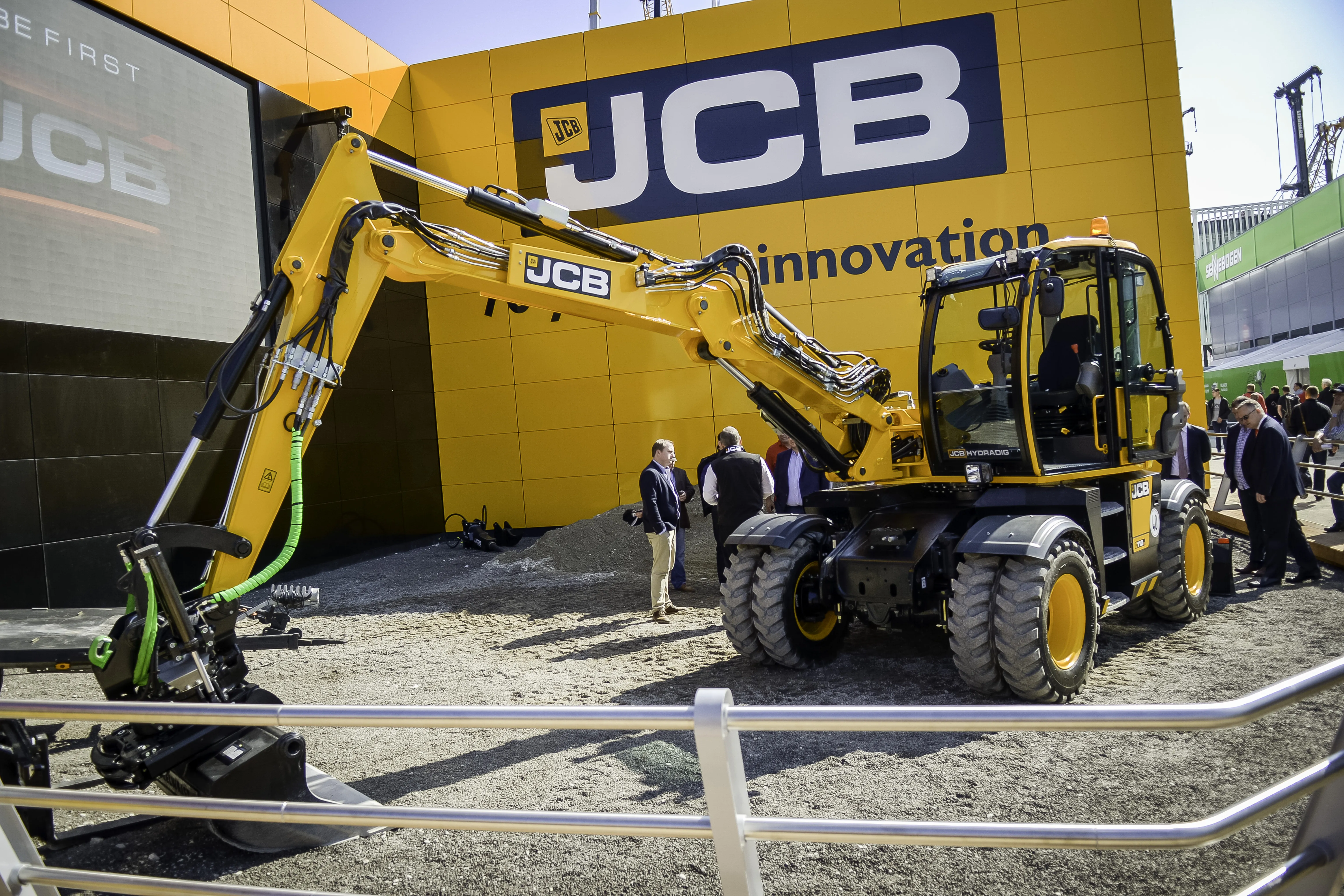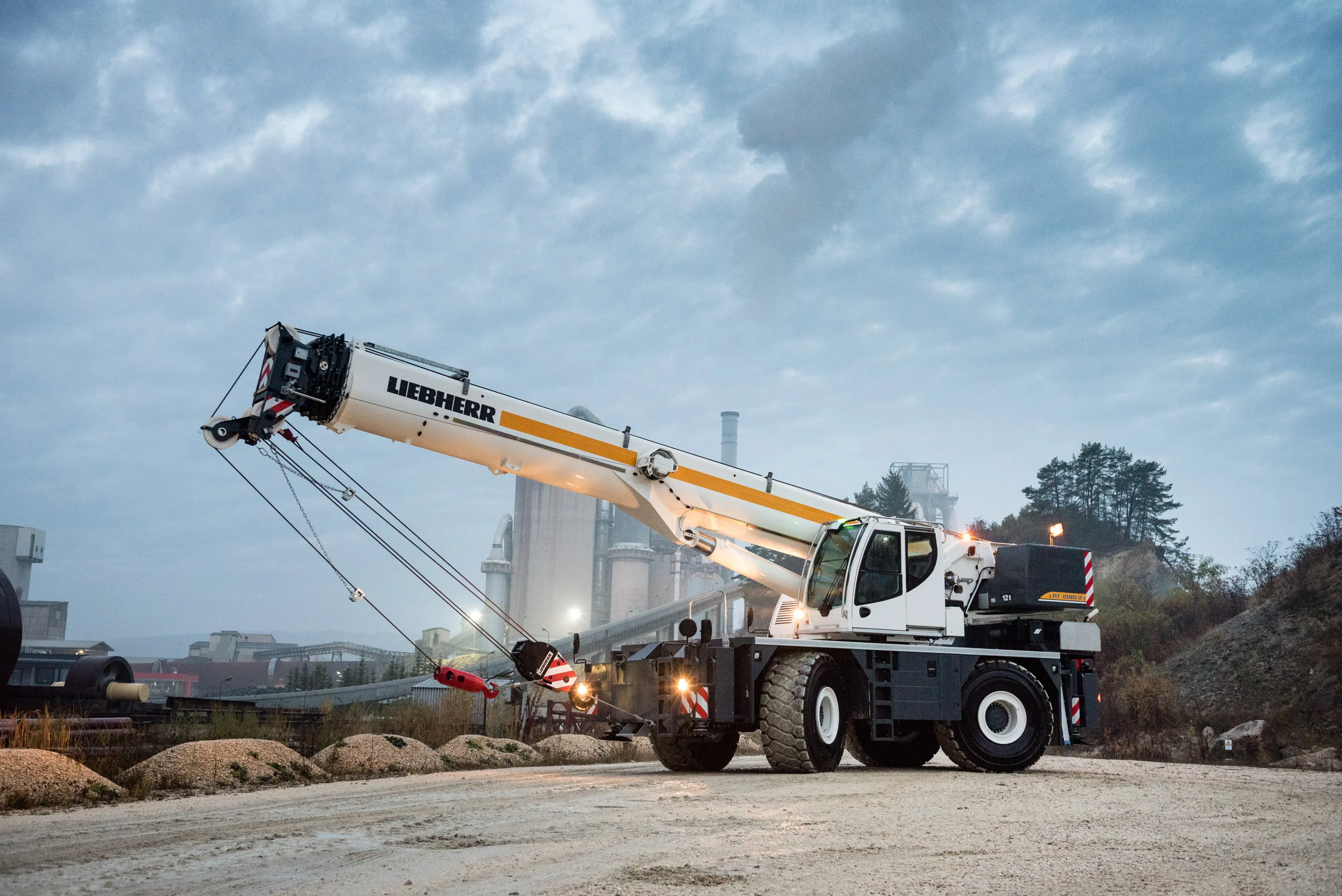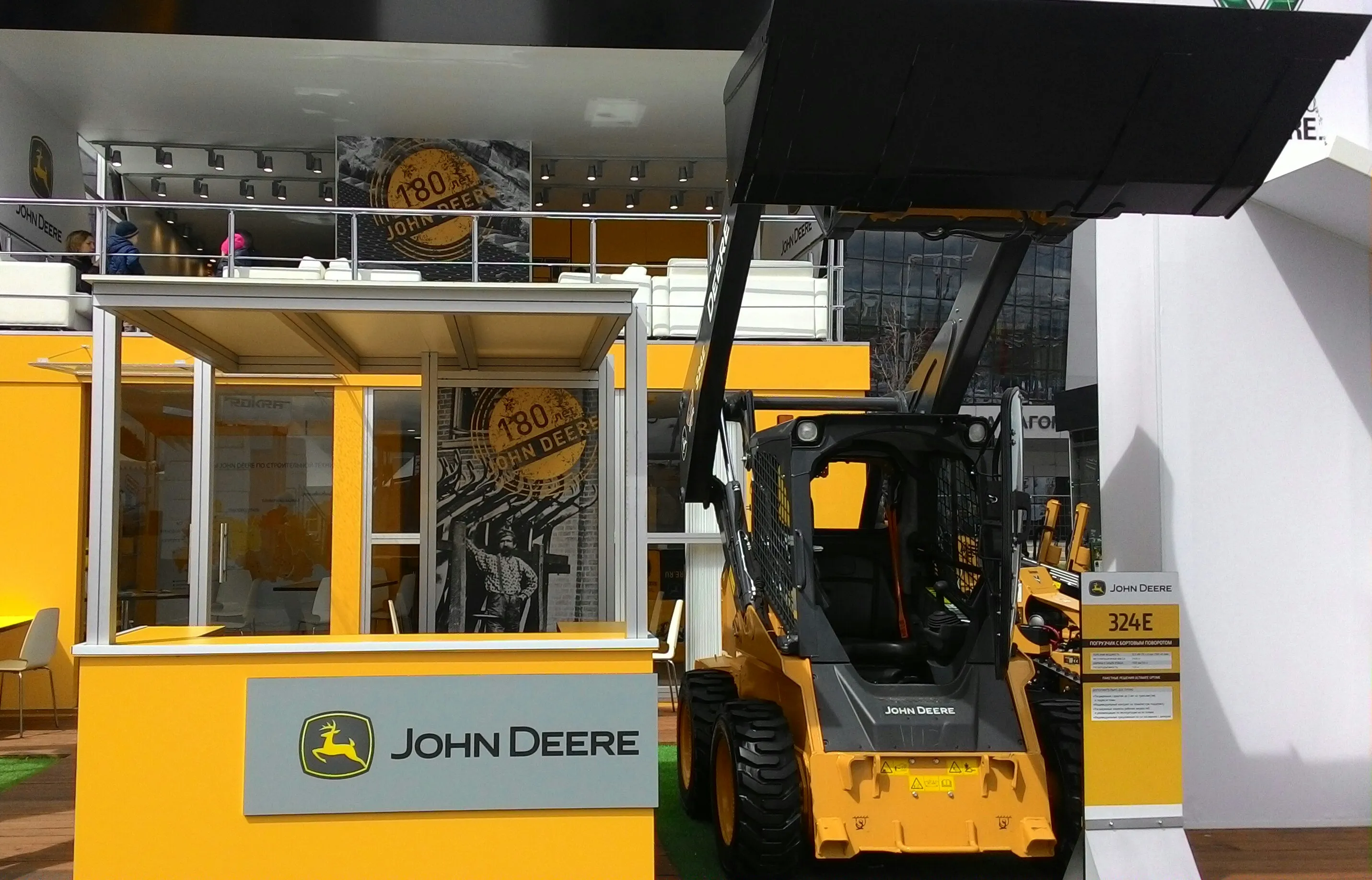JCB has high hopes for its new Hydradig wheeled excavator, which is said to offer high versatility and stability, as well as visibility, mobility, manoeuvrability and serviceability. A key feature of the machine is the novel layout of its engine and fuel tank, mounted on the lower chassis member rather than on the rotating upperstructure. This helps provide a much better view from the newly-designed cab, aided by large glass panels, and allows the operator to see all four wheels. This radical design also lo
April 13, 2016
Read time: 2 mins

With its low centre of gravity, the machine is also able to travel at up to 40km/h on road and without exhibiting the sometimes choppy ride at speed of conventional wheeled excavators. Its stepless hydrostatic transmission means that there is no need to change gear while driving and it can also tow a load weighing up to 3.5tonnes, allowing it to transport additional worktools, hydraulic attachments or generators.
Power comes from a JCB EcoMAX engine that delivers 81kW, as well as high torque at low rpm and low exhaust emissions. The low centre of gravity also delivers good reach and lifting capabilities, while allowing a short tailswing design that means the machine can work up close to buildings, bridge supports or New Jersey barriers on road projects, for example.
The machine has two- or four-wheel steer and a 4m turning minimum circle as well as a crab steer function for manoeuvrability. A reverse steer option means that the operator can always be facing forwards when the machine is being driven. Users can specify either single, twin or low flotation tyres, depending on the customer needs or operating conditions. Axle oscillation allows operation on uneven ground while the machine’s other benefits include ground level access to daily check points and ease of serviceability.








